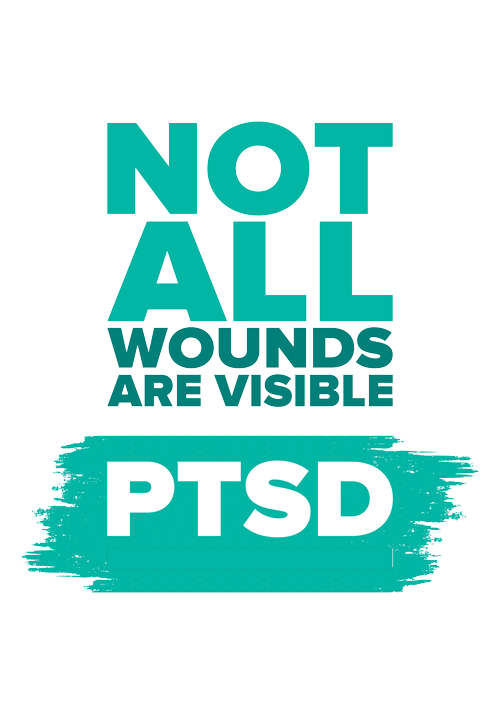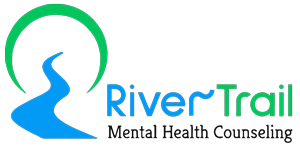Depression and Anxiety Treatment


Post Traumatic Stress Disorder (PTSD)
Post-traumatic stress disorder (PTSD) is a mental health condition that can develop in individuals who have experienced or witnessed a traumatic event. It can affect people from all walks of life and can occur after experiencing various types of traumatic incidents such as military combat, sexual assault, natural disasters, accidents, or other life-threatening situations.
The symptoms of PTSD can be grouped into four main categories:
Intrusive Thoughts: People with PTSD often experience intrusive thoughts or memories of the traumatic event. These thoughts can be distressing and may come in the form of nightmares, flashbacks, or vivid recollections that make the person feel as though they are reliving the trauma.
Avoidance: Individuals with PTSD may actively avoid anything that reminds them of the traumatic event. They may avoid specific places, activities, people, or even conversations that could trigger distressing memories. This avoidance can sometimes lead to social withdrawal and isolation.
Negative Mood and Thoughts: PTSD can cause persistent negative emotions such as sadness, guilt, anger, shame, or fear. Individuals may have difficulty experiencing positive emotions and may develop a negative outlook on themselves, others, or the world in general. They may also have trouble remembering important details of the traumatic event.
Hyperarousal: People with PTSD often experience heightened levels of anxiety and a state of constant alertness. This can lead to difficulties with sleep, irritability, difficulty concentrating, hypervigilance, and an exaggerated startle response. These symptoms can interfere with daily functioning and relationships.
You are NOT alone
Total of
Average Age
Important

Treatment

More productivity Less burn out...

